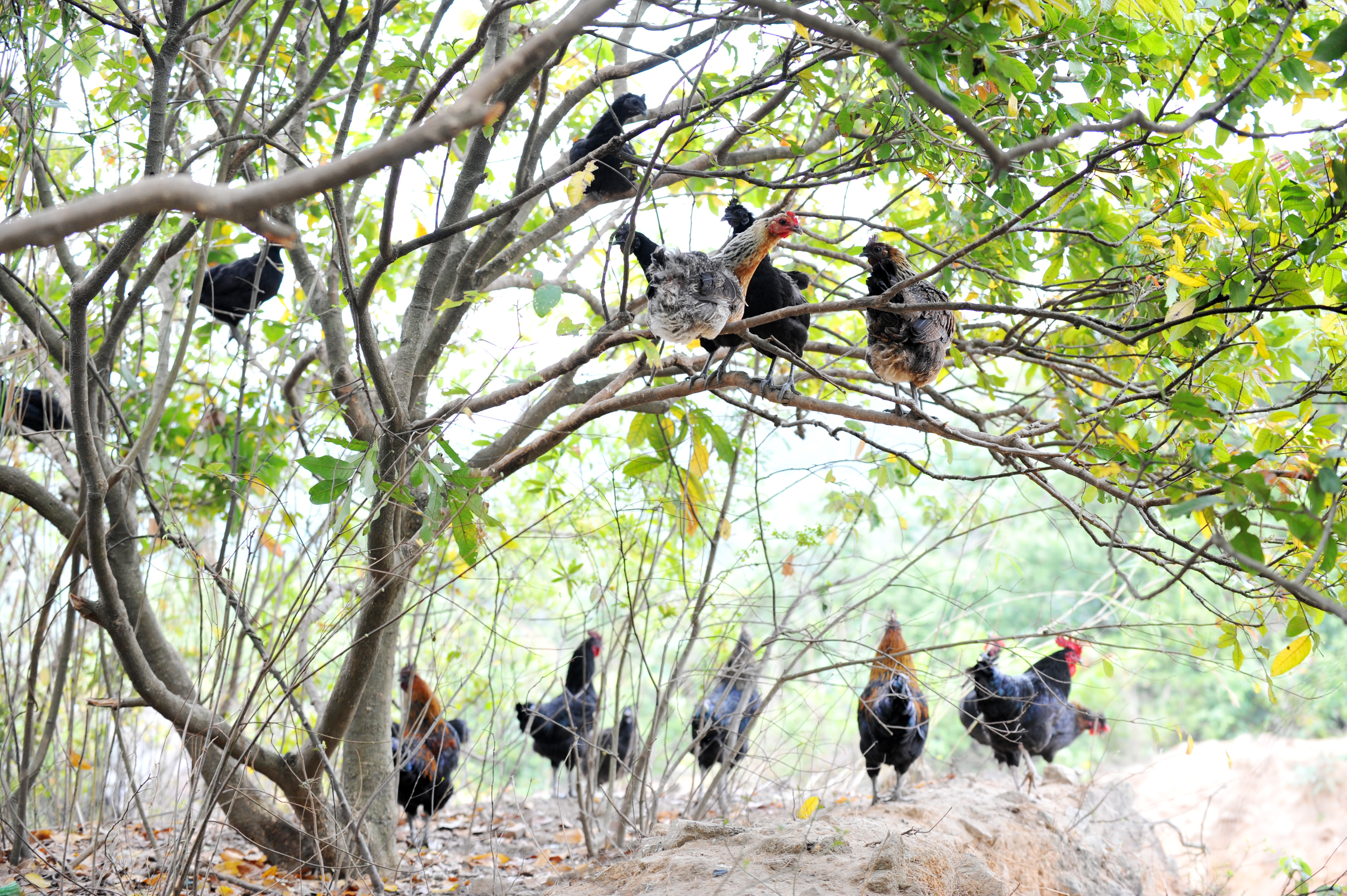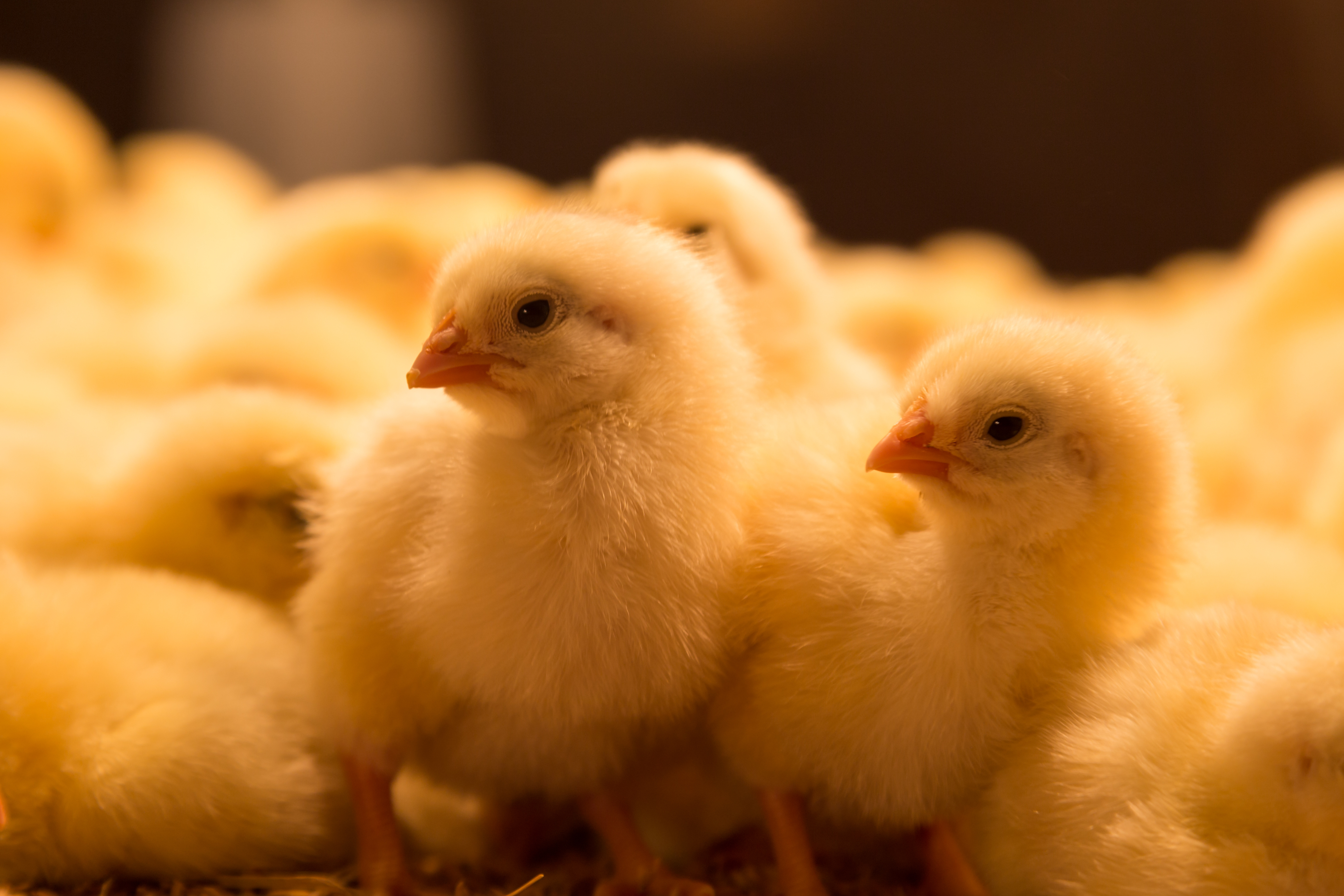



The Chicken Whisperer: the trade-offs of pasture-raised poultry
In this podcast, Andy Schneider welcomes Brigid McCrea PhD, a poultry specialist working with 4-H Youth Development.Part of Series:
< Previous Article in Series Next Article in Series >
McCrea gives her perspective on pasture-raised poultry and how this niche product could shape the future of the poultry industry.
When it comes to pasture-raised poultry, there is an enduring issue with terminology. Words like “free-range”, “cage-free”, “free-roaming”, “natural” or “organic” are sometimes used interchangeably to indicate production standards on American food labels, but there are discrete differences in the terms. Consumers may think that these terms indicate that a chicken was pasture-raised, but the reality is a bit more complicated. “There’s still a lot of work to do when studying pasture-raised poultry,” McCrea begins. Researchers have produced conflicting evidence, making it hard to give science-based recommendations.

Troubles with terminology
According to McCrea, the terms cage-free and free-roaming are usually used to indicate the type of housing system used in egg production. These terms, however, do not necessarily mean the hens have outdoor access, outdoor enrichment or other environmental enrichments.
Though this may raise alarm bells for consumers who prioritise animal welfare, McCrea notes that the research into these production systems has shown conflicting and sometimes contradictory results.
Some indoor housing systems allow broilers and layers to exhibit natural behaviours and maintain a high standard of animal welfare. Similarly, some outdoor systems may give birds additional exposure to environmental contaminants that could compromise other welfare factors.
In McCrea’s opinion, it’s difficult to draw definitive conclusions about the supposed superiority of any one production system, there are trade-offs with all of them.
Similar issues exist with terms like natural. According to USDA standards, a product is natural if it has no artificial ingredients, no added colours and is minimally processed. In McCrea’s view, “minimally processed” is vague; the term simply means that the product has been processed in a way that does not fundamentally alter it. Used on its own, it does not necessarily mean that the poultry was raised without antibiotics or animal by-products. When it comes to pasture-raised poultry in particular, natural does not have any bearing on the type of housing system that the chickens were raised in.
Using organic to describe a product can be complex as well. Adopting the production standards of the National Organic Programme takes a lot of thought and dedication. Similar to cage-free, organic does not necessarily mean that the chickens were raised entirely outdoors.

Intensive farming, welfare and nutritional value
In McCrea’s estimation, the poultry industry is a rapidly changing landscape. When discussing the changes in farming methods over the last century, she notes that changes in productivity have been enormous. It now takes between 33-38 days to raise a bird to slaughter weight.
The industry has also improved efficiency in feed conversion rates to the extent that 1.5 pounds of seed can create 1 pound of chicken meat. This means that producers save significantly in terms of housing and feed. It also means that the bird produces less waste over its lifetime, which could translate into an environmental advantage over slower methods of production.
However, this accelerated pace of production has raised significant welfare concerns when it comes to how chickens develop, or how they are housed during their short lives. While McCrea appreciates these concerns, she stresses that we should be asking if the birds are healthier instead of focusing on the type of housing they were reared in.
McCrea also notes that many of the advertising claims made about pasture-raised poultry are subject to confirmation bias.
When asked if she thought free-range chickens were nutritionally superior to conventionally raised chickens, she asserts that what the birds are fed has more bearing on their nutrition content than whether they go outside. She reiterated that more studies need to be done to determine if there is a significant nutritional difference between pasture-raised and conventional poultry and eggs.
Pasture-raising and food safety
Many consumers believe that outdoor-reared poultry has higher food safety standards when compared to indoor poultry. McCrea cautions listeners to take these claims with a grain of salt. For the most part, food safety is more closely related to biosecurity instead of the housing system. Multiple variables dictate if chicken meat is safe, and bacterial contamination can occur at any stage of production.
When looking at pasture-raised poultry in particular, McCrea notes that it can be difficult to adhere to strict biosecurity measures when the birds are outdoors. Raising birds in a poultry house allows producers to exercise greater control over the birds’ environment. If birds roam free, they could have contact with many disease vectors, including rodents, insects and wild birds. Keeping them outdoors also means that they are more likely to be exposed to diseases and parasites.
McCrea told listeners to think of the chickens’ overall quality of life when evaluating the benefits of pasture-raising. There are trade-offs with adopting an outdoor system and the work is rarely as simple as it appears.
Consumer demand
When discussing the role consumers play in shaping demand for pasture-raised poultry, both McCrea and Schneider noted that consumers tend to be more motivated by price than by other factors.
Only a small niche of consumers is willing to buy premium eggs and chicken. Additionally, it’s difficult to scale up pasture-raised poultry to meet the demands and price points of conventional agriculture. Due to this, McCrea and Schneider concluded that pasture-raised poultry will occupy a smaller market share for the foreseeable future.
Listen to the full podcast here.














